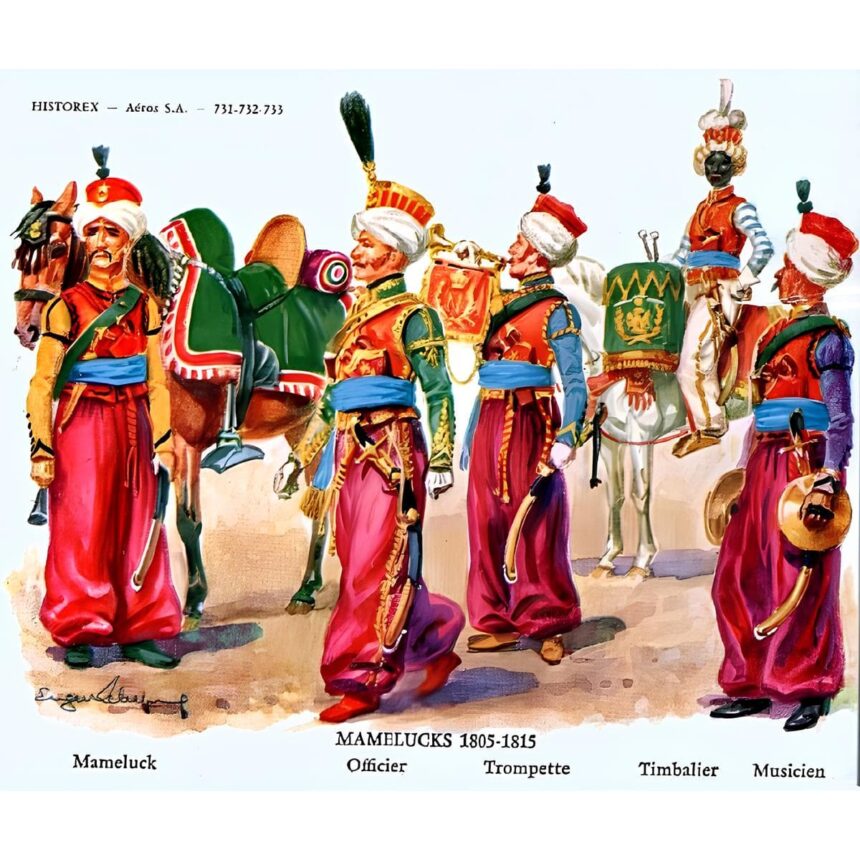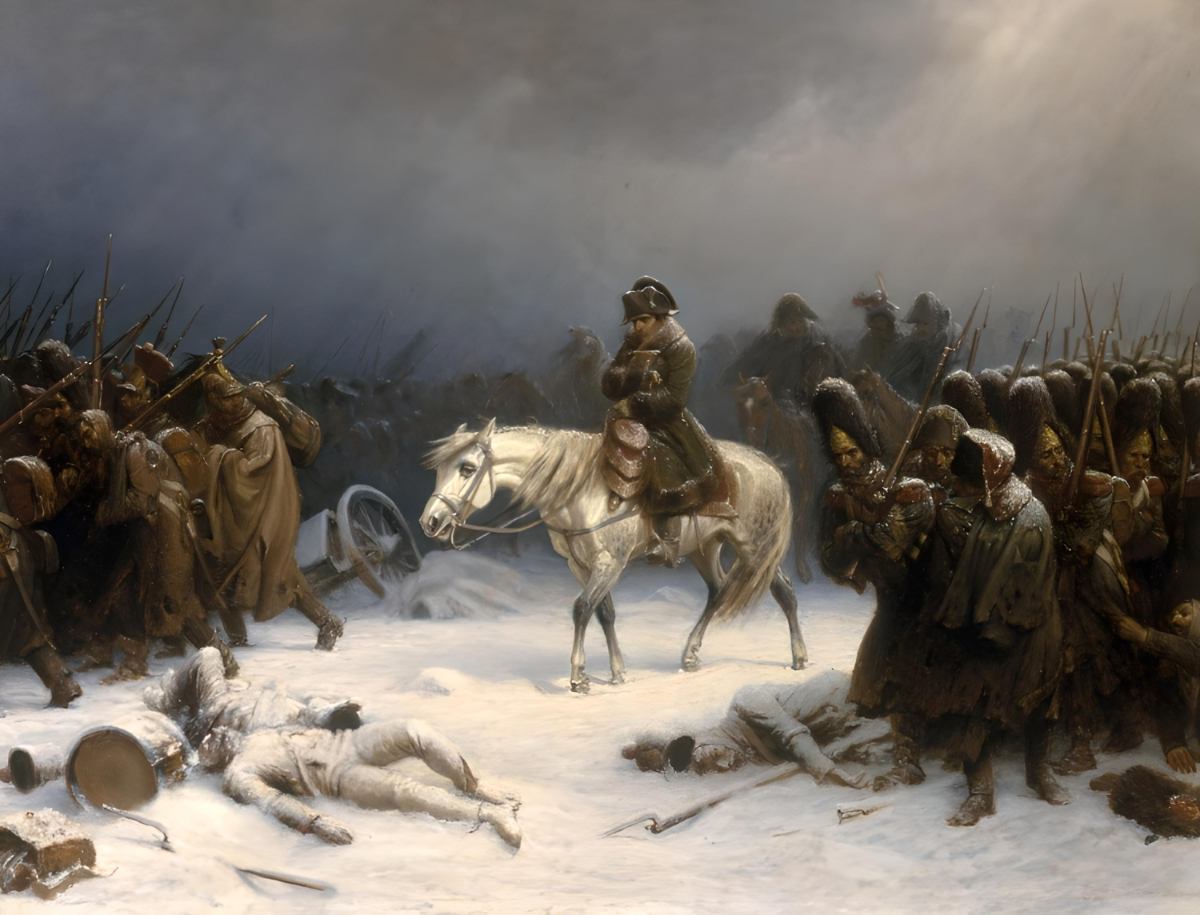Napoleon’s Mamelukes
Napoleon's Mamelukes were an elite cavalry unit composed of former Mamluks, who had initially fought against Napoleon’s forces during the French Campaign in Egypt and Syria (1798–1801) but later became part of his personal guard and army. This group represents one of the most intriguing examples of Napoleon’s willingness to adopt foreign troops and traditions into his military forces.




